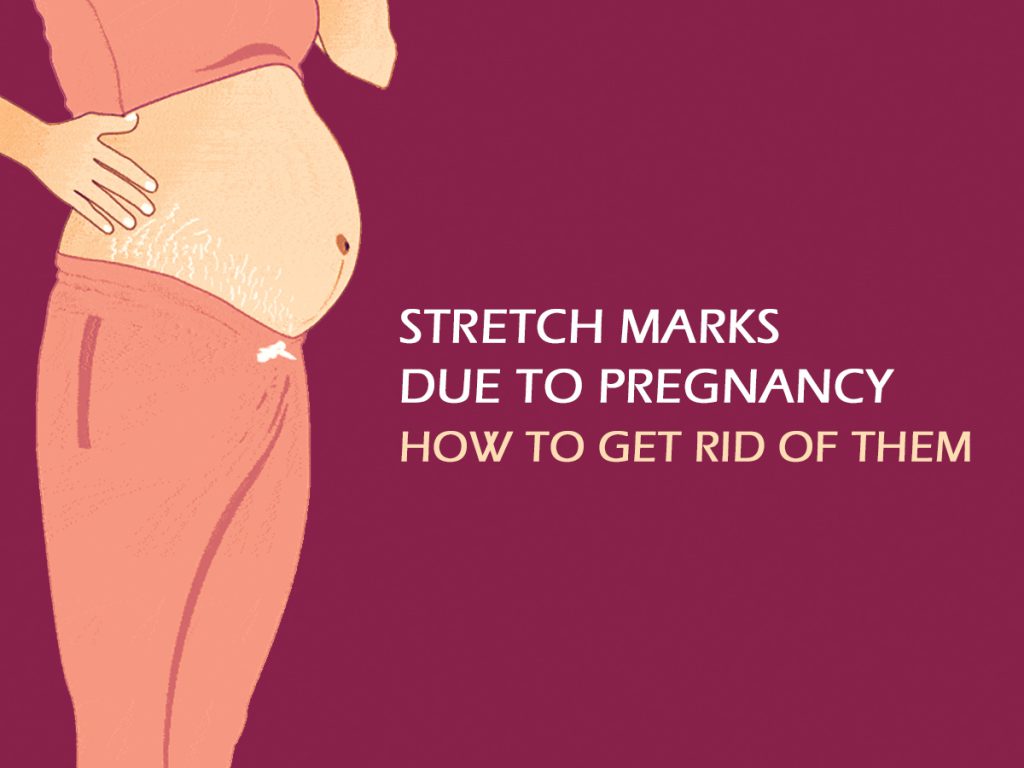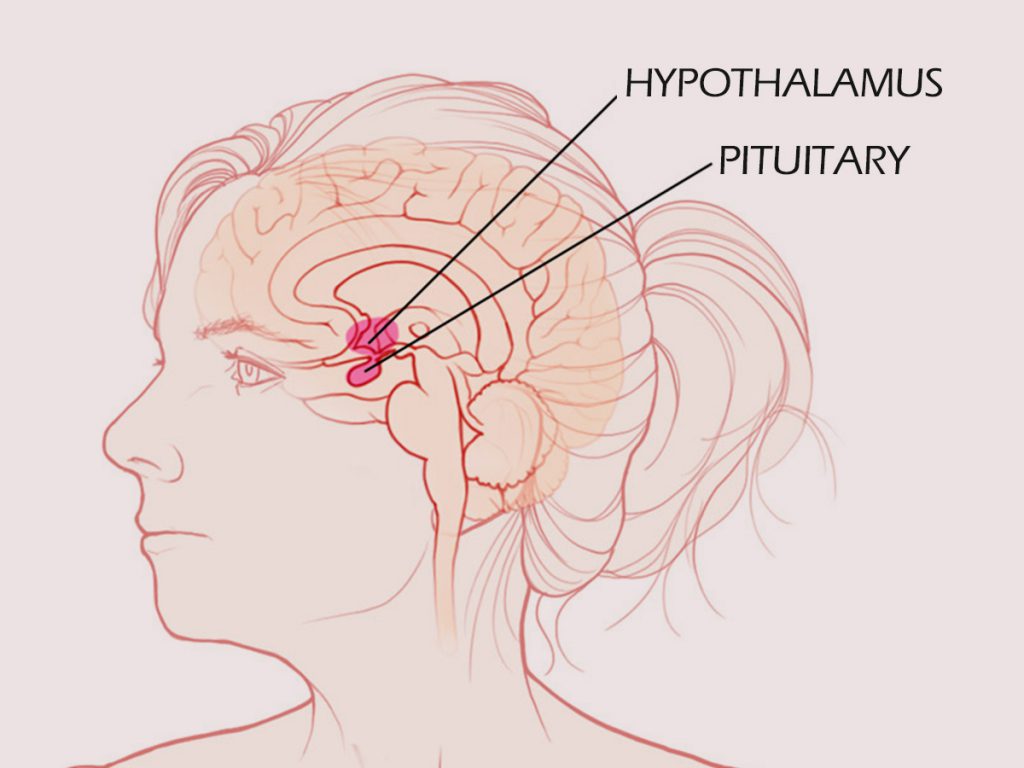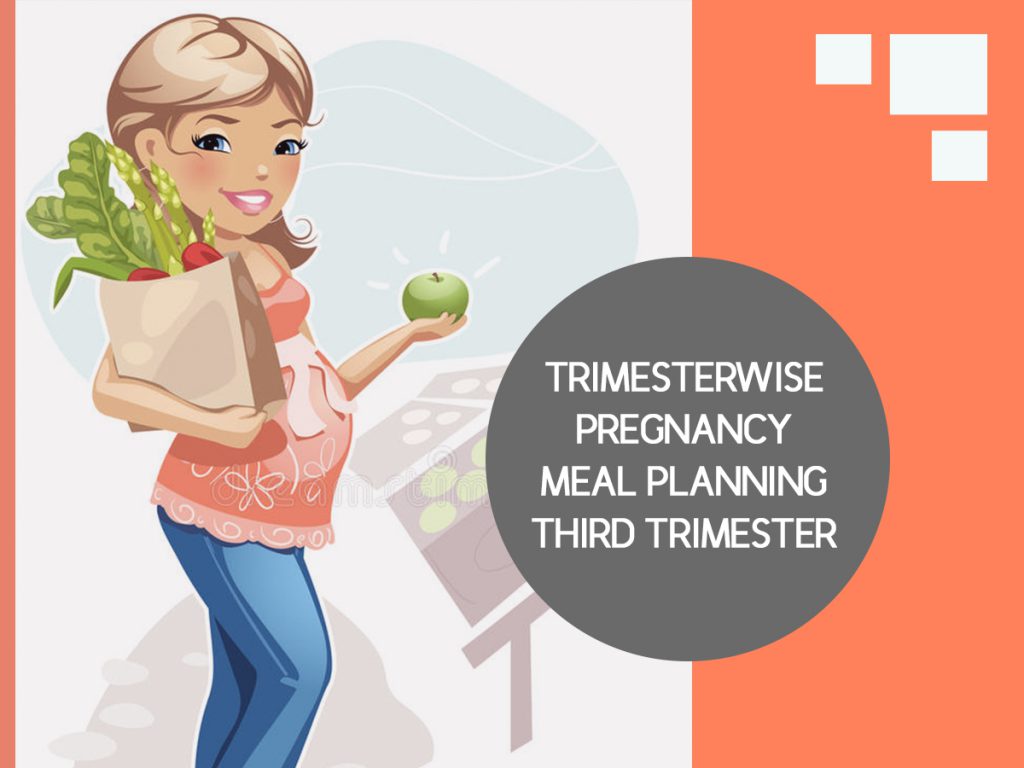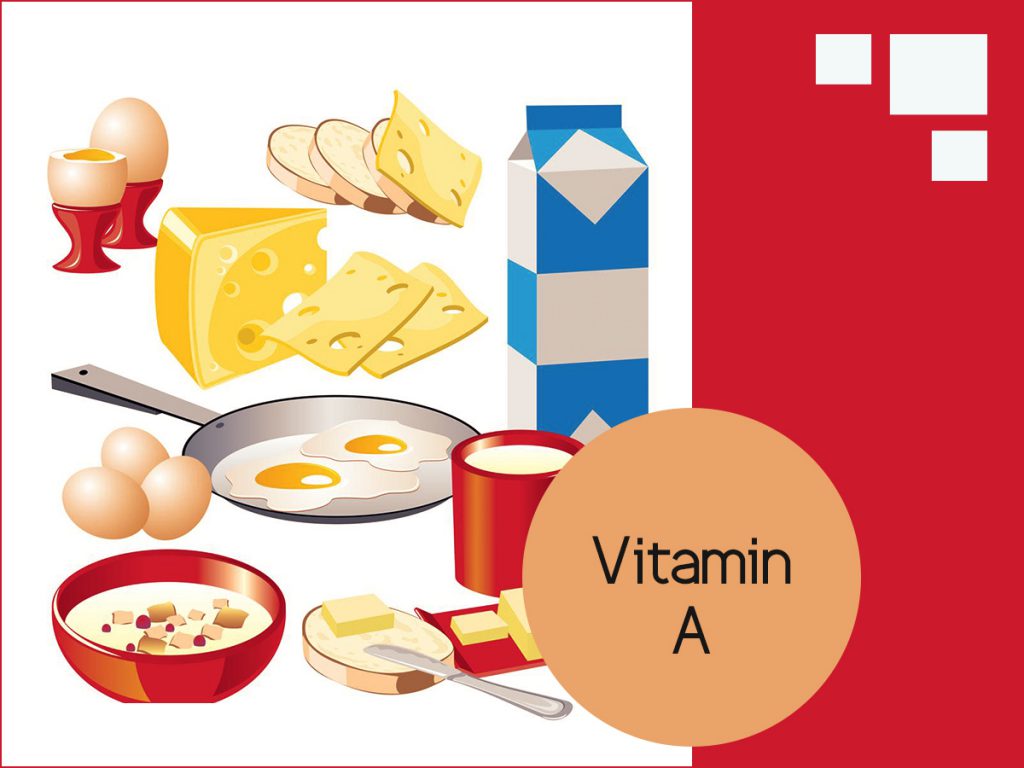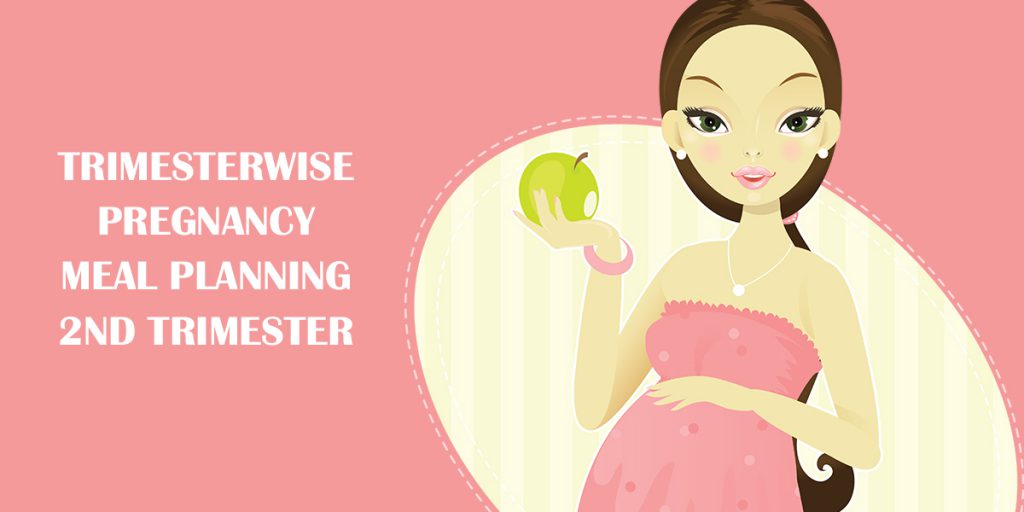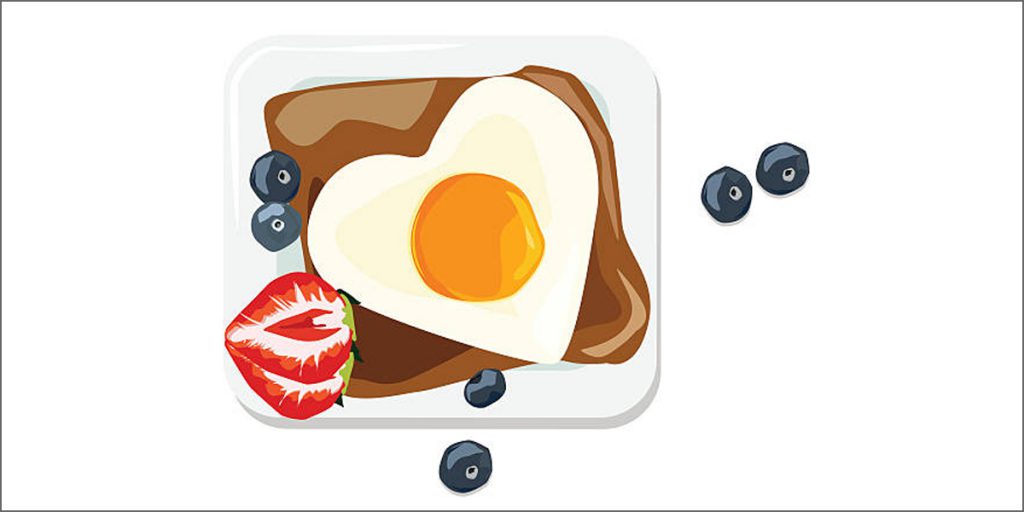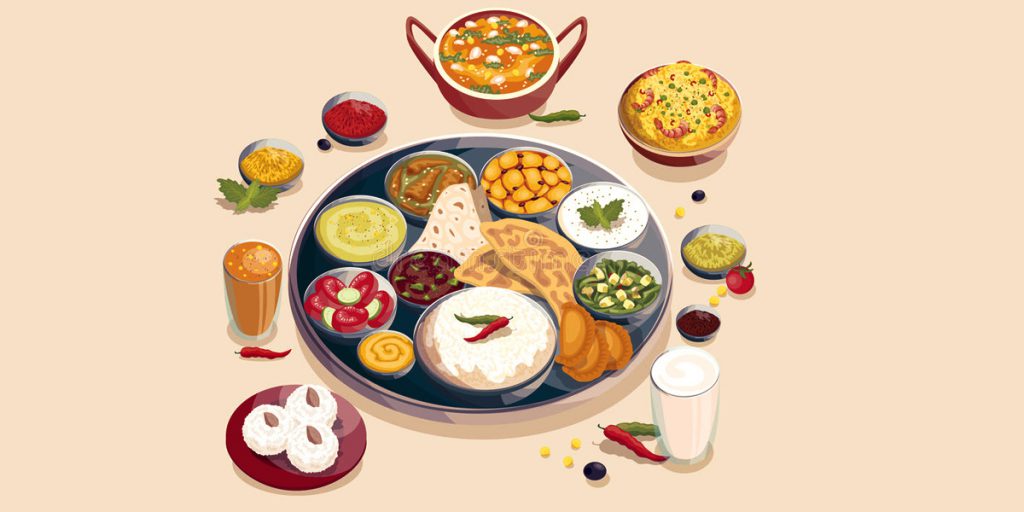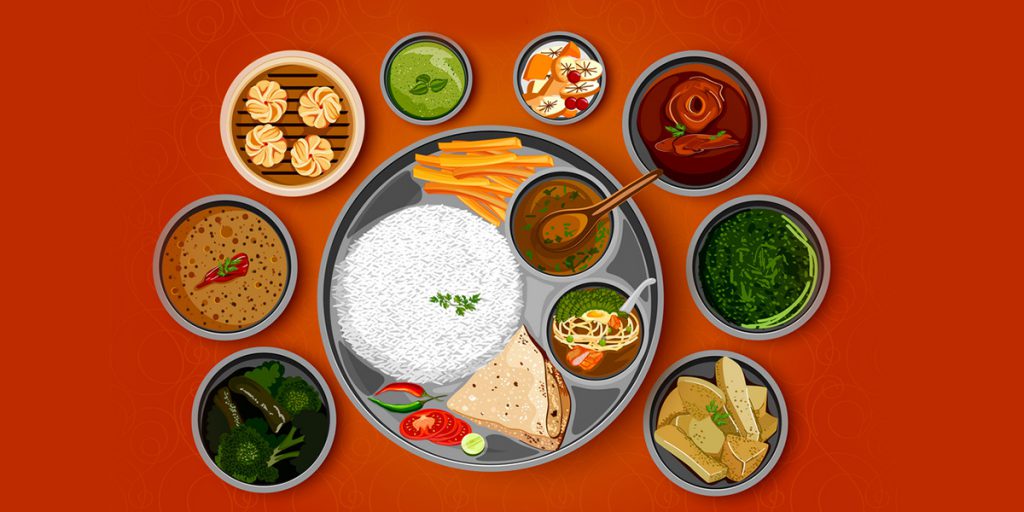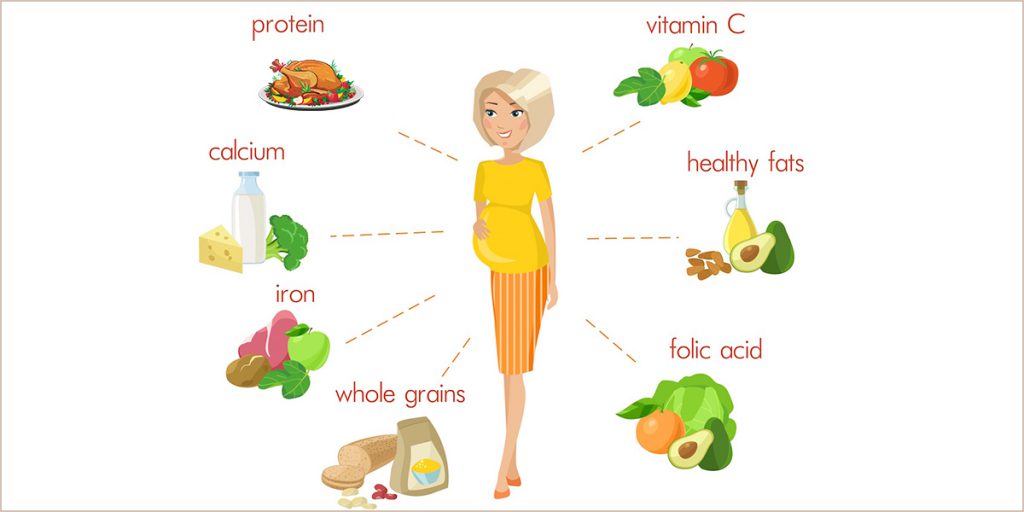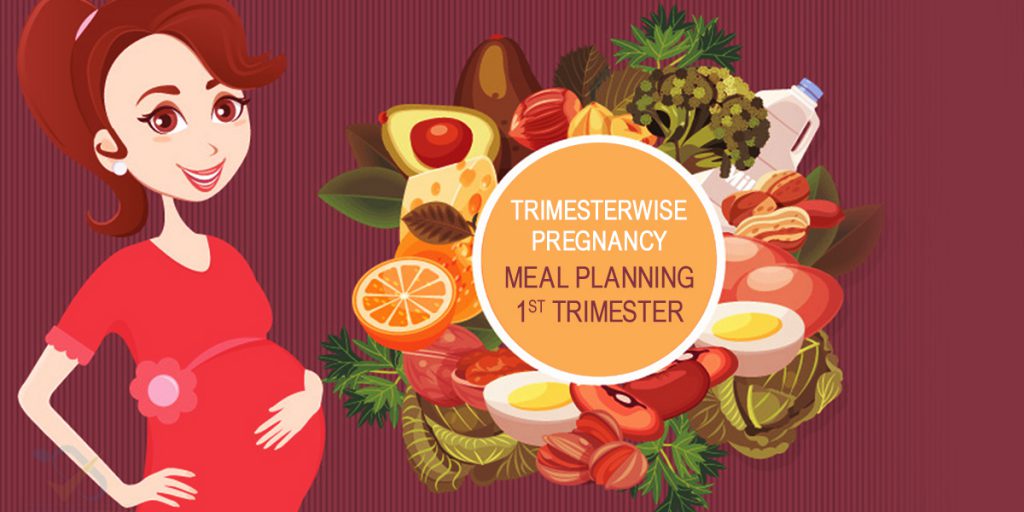
When a woman becomes pregnant, a little bit of extra care is needed as the body undergoes several transformations. The foetus needs different nutrients to develop into a healthy baby. And all these requirements are fulfilled by the mother through a healthy diet and vitamin/mineral supplements. Eating well becomes very important as unhealthy foods may harm your baby. The weight gain in pregnancy is based on the pre pregnancy body mass index (BMI). If you’re starting pregnancy at a healthy weight, a weight gain of 0.5 – 2 .0 kgs is recommended in the first trimester. The focus is on having a balanced and nutrient rich diet.

The first trimester or the first 12 weeks of pregnancy is very crucial as during this stage the foetus starts growing. The brain, spinal cord, heart, arm and leg buds of the baby starts forming. So you should make sure to have healthy foods. It is even better to focus on your diet before planning your pregnancy.
You may not feel like eating due to nausea and morning sickness during the first trimester, but you should try to eat, and that too, healthy. A properly nourished mother can even lower the risk of any postpartum complications.
A healthy balanced diet during pregnancy should be rich in good quality proteins, essential fatty acids, iron, calcium, B complex vitamins and vitamin C with optimum calories. Folic acid is especially important during the first trimester.
So, plan your meal with nutrient-rich foods. You can include the following foods in your diet during the first trimester:
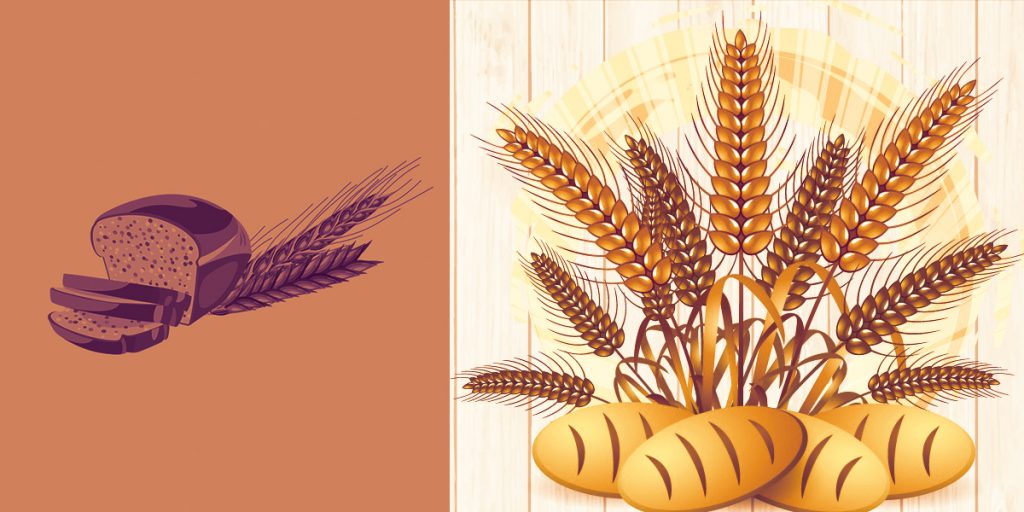
Cereals: 9 servings of cereals should be consumed per day of which at least 3 to 4 servings should be whole grains. Whole grains have more vitamins and minerals than processed grains, as well as fibre. Fibre helps in maintaining proper bowel function and lowers the risk of developing constipation. You can have:
- Brown rice
- Whole wheat, broken wheat
- Millets (ragi, jowar, bajra, foxtail millet, quinoa)
- Oats
- Whole grain bread

Protein-rich Foods: Focus on having good quality proteins and have at least 3 to 4 servings daily. Your diet can include:
- Lean meat like chicken and fish
- Whole Egg
- Beans/Legumes like kidney beans, black beans, black eyed beans, peas etc
- Lentils/Pulses/Dals
- Nuts
- Paneer
- Soya and soy products

Dairy Products: As dairy products contain calcium and protein, 2 to 3 servings (approximately 500 ml) per day are necessary during the first trimester. Calcium is needed for development of bones and teeth of the baby. You can have low fat or non-fat dairy products like:
- Cheese
- Yoghurt/Curd
- Milk
- Paneer
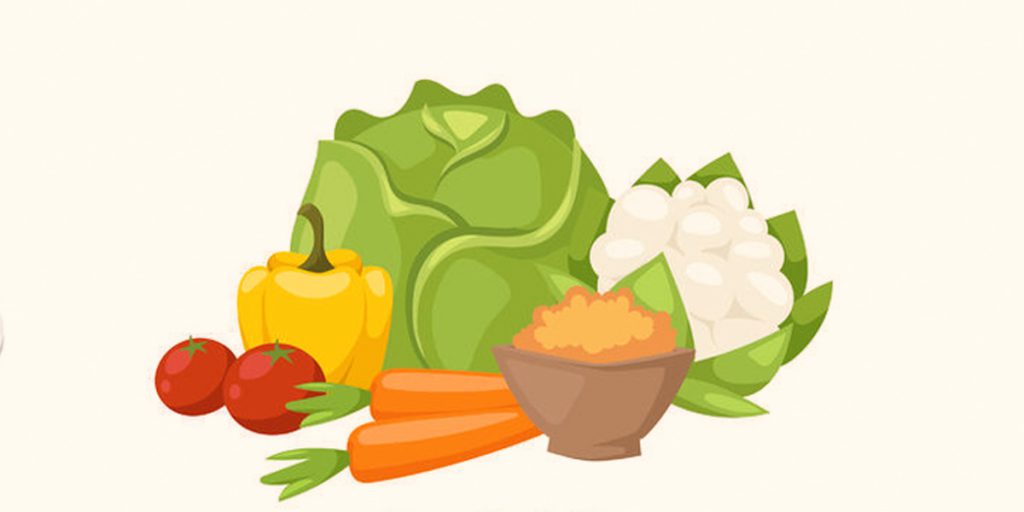
Vegetables: You should have around 3 to 5 servings of vegetables daily. Vegetables contain essential vitamins like folate, minerals like calcium and iron, fibre and are low in fat, as well. You can include vegetables like:
- Green leafy vegetables such as spinach, amaranth, gogu, fenugreek
- Tomatoes
- Sweet potatoes
- Carrots
- Pumpkin
- Gourd and squash vegetables
- Cauliflower
- Capsicum/ Bell peppers
- Green beans
- Broccoli
- Corn
- Peas
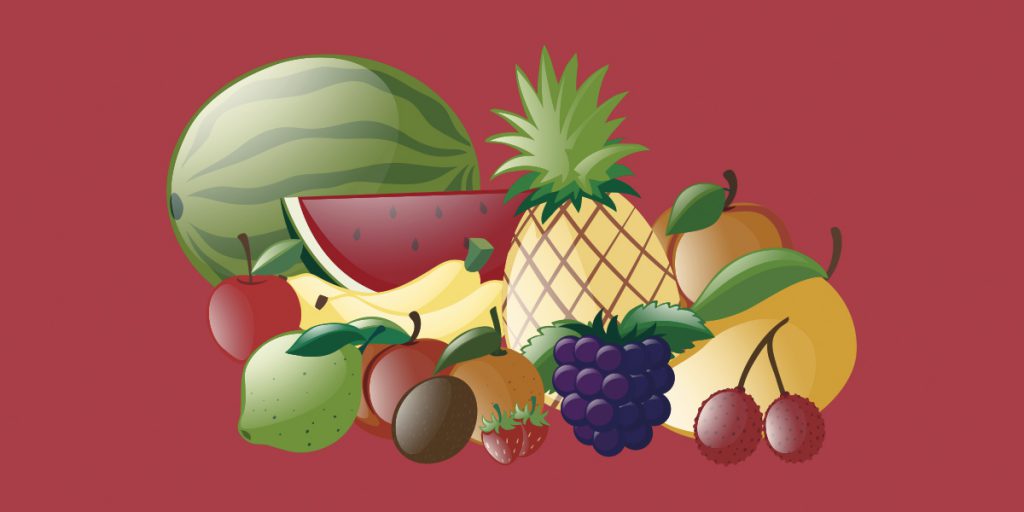
Fruits: 2 to 4 servings of fruits daily are necessary during the first trimester. You can choose fresh, dried or frozen fruits. Whole fruits are preferable to juices as they contain fibre. As citrus fruits are rich in vitamin C, you should include at least one type of citrus fruits on your daily meal chart. In addition to vitamin C and fibre, fruits provide folate, vitamin A and potassium. You can include fruits like:
- Apple
- Banana
- Orange
- Sweet lime
- Grapefruit
- Melons
- Berries
- Ripe papaya
- Pomegranate
- Watermelon
- Guava
